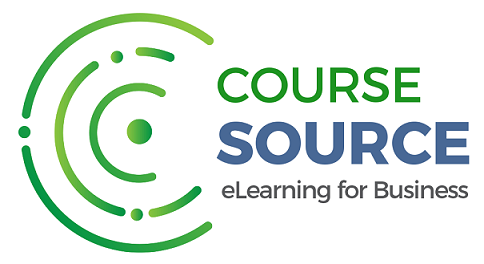Introduction to Data Science

Overview
Modern businesses are always looking for ways to improve their strategies. "Which webpage attracts more readers?", "Does the new store layout affect sales?" or "What can we do to improve customer satisfaction?" are just a few examples of questions that sit behind decision making in companies.
To answer these questions we need a mix of analytical skills (to manipulate data), business acumen (to apply findings to real-world situations) and statistics (to separate what's essential from what's not).
This is the skillset of the ‘data scientist’, a new job role that has emerged to meet the increased demands and opportunities of the profusion of data generated by the web and modern technology. This course wrests data science back from the data scientist – it teaches the key elements of data science to allow business generalists to solve real business problems themselves. It also provides an accelerated way for those interested in a career in data science.
Learning Outcomes
- The course teaches the analytical and statistical skills to allow students to turn data into actionable insights.
- It also covers how to use an analytical toolkit consisting of widely available or free software (principally Microsoft Excel and the R programming language), to allow statistical analysis and visualization.
Audience
- This course is suitable to those new to data science who want to understand what data science can do and the skills involved.
- It's also suitable for those who want to develop a core toolkit of technical, statistical and analytical techniques that turn data into insight and support business decision making.
Syllabus
Section 1: Introduction
- Unit 1.1 - Introduction;
Section 2: Software Tools
- Unit 2.1 - Software Tools Overview And Setup;
- Unit 2.2 - Basics of Excel;
- Unit 2.3 - Basics of R;
- Unit 2.4 - Section Summary
Section 3: Understanding Data
- Unit 3.1 - Initial Appraisal of a Data Set;
- Unit 3.2 - Handling Big Data
- Unit 3.3 - Characterising a Data Set;
- Unit 3.4 - Probability;
- Unit 3.5 - Section Summary
Section 4: Inferences from Data
- Unit 4.1 - Visualisation;
- Unit 4.2 - Making Predictions;
- Unit 4.3 - Decision Making;
- Unit 4.4 - Section & Course Summary
Duration
4 Hours
